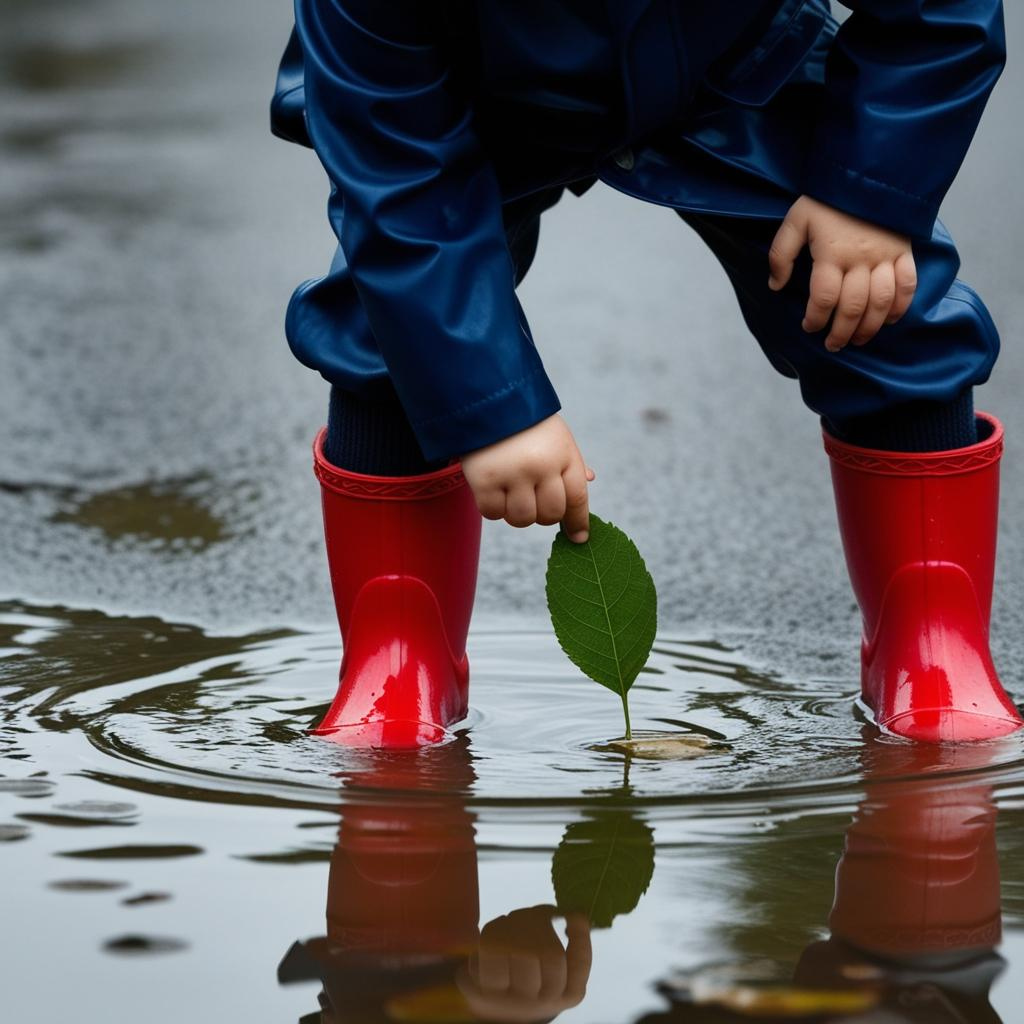We often tell our children to pay attention, but rarely do we teach them how.
The art of noticing is not a natural byproduct of intelligence—it is a cultivated grace. It’s what allows a child to spot a robin’s nest in the eaves, hear the shift in a sibling’s tone, or feel the weight of someone left out. Noticing is what turns knowledge into wisdom, and presence into care.
In our home, we don’t aim to raise prodigies. We aim to raise people who notice.
That starts with slowing down. Rushing from activity to obligation to screen leaves little margin for observation. It takes margin to ask, Did you see the way she looked at her plate? Or, Why do you think that tree has no leaves yet?
It also takes modeling. If you sigh at traffic but never stop to admire the way the light falls across the kitchen floor, your children will learn to sigh, too. But if you pause at the first snowfall or linger over the texture of fresh bread, they will learn that the small things are not so small.
Noticing isn’t always poetic, either. Sometimes it means recognizing when a child is overwhelmed, even before they have words. Or noticing patterns in a teen’s silence and being brave enough to ask, What’s weighing on you?
We keep a small journal on our hallway table titled “Things We Noticed.” Some days it’s a leaf shaped like a heart. Other days, it’s the way someone shared their snack. The point is not perfection—it’s practice. A practice of observation, empathy, and presence.
Children who notice become adults who care. About people, about places, about the world around them. And in a culture of distraction, that kind of attention might be the most radical thing we can teach.
So here’s to raising children who notice. Who look up. Who lean in.
Who pay close attention—not for the sake of performance, but for the sake of presence.
With quiet hope,
Whitney



